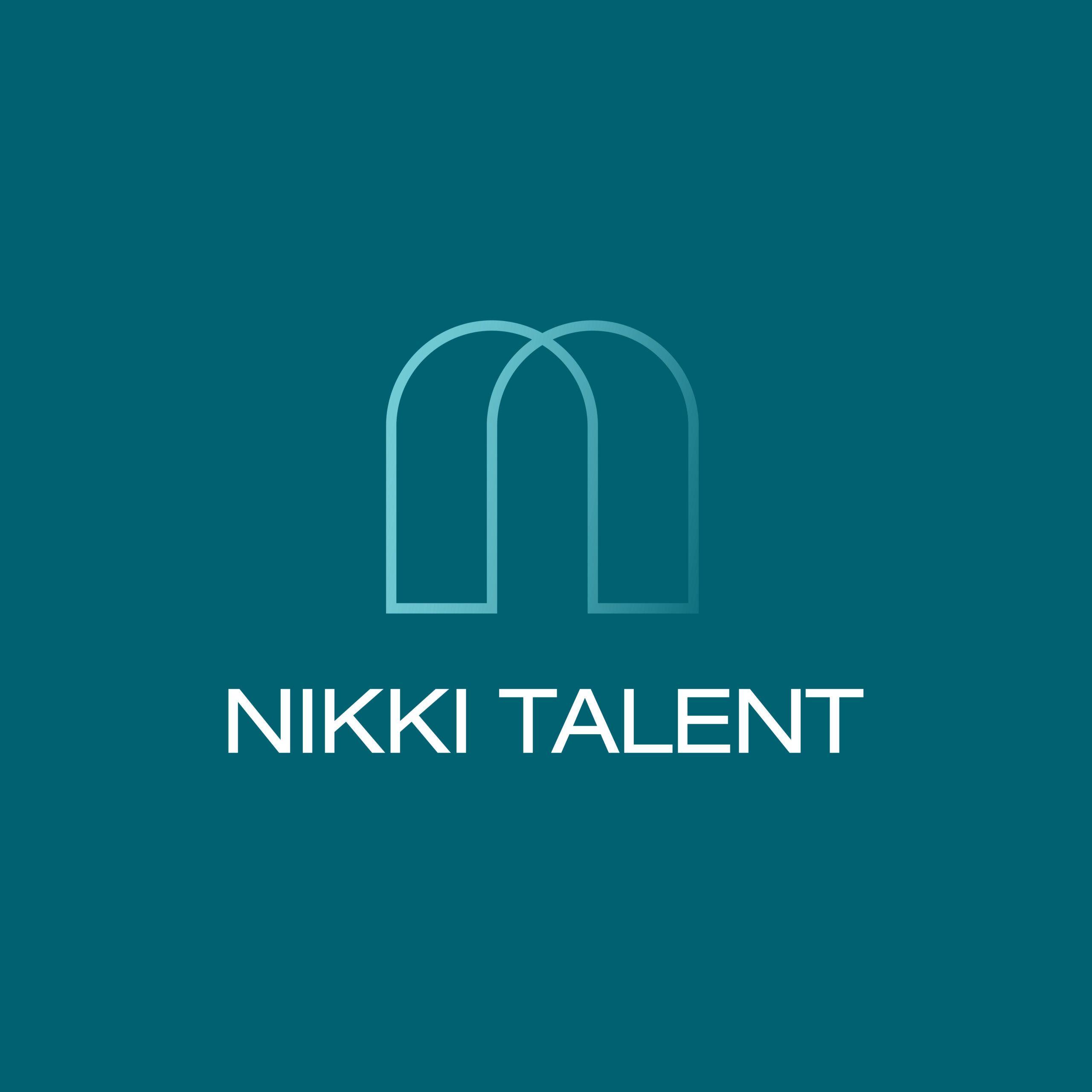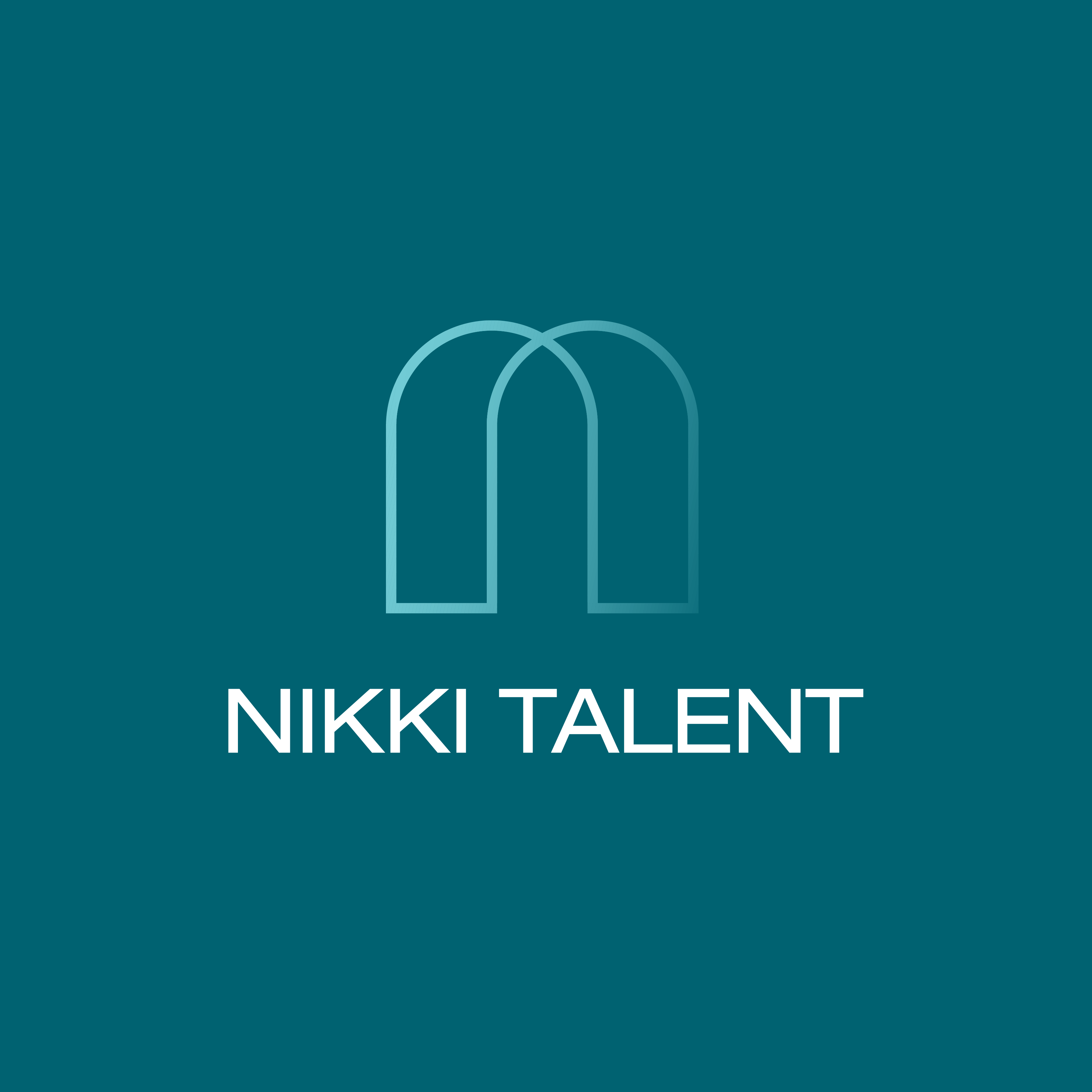Tips For Writing A Stand Out Resume
Writing a CV For Success
Writing a CV can be a daunting process. Where to start, what to include and how to strike the balance between being detailed but concise.
Whilst there is no one solution for all, there are common themes that separate great CV’s from the rest. Having reviewed upwards of thousands of CV’s through my career, I’ve collated some pointers to help you write a CV that achieves it’s purpose of securing you interviews.
A Clear Introduction
This sounds simple. However, it’s one so many people miss out on.
- Strip back to basics here by writing a short mission statement followed by a few sentences of introduction. Be crystal clear about your career intentions.
- Keep your summary concise, making each sentence impactful.
Use Active Language
Language is important. It’s very easy for CV’s to become repetitions of corporate key words and phrases. At worse, they are replicas of job descriptions. To avoid this, look to descriptive language and active verbs.
- Try to swap some words you are using too frequently with synonyms to provide variety and texture. For example, instead of ‘managed a team’ you could put ‘coached, guided, cultivated or mentored’ a team. Instead of ‘growing’ revenue you ‘accelerated’ or ‘expanded’ it.
Include Keywords
When writing a CV, think about the keywords you need to include.
- Lift words and phrases from the job description if you have it, or the ad. For example, in one company you may be a HR Business Partner, but in another they title the same role as People and Culture Partner. You could be an Account Director in one agency but a Business Director in another. Speak their language in your CV.
- Look at the company’s website and social pages to sound out their own tone of voice and language. Are they a laid back start-up who use a relaxed, colloquial style with buzzwords or are they a corporate multinational who communicate in a formal tone with business keywords?
Include Quantitative Data
Include data and statistics when relevant. Display your results with figures, when possible.
- Quantify your experience and achievements. Include meaningful data. If you’ve grown a piece of business, saved the company money, developed time saving processes, increased productivity, improved team retention rates, then bring them to life with figures.
- Show the tangible results you achieved in your past roles.
Highlight Your Achievements
Toot your own horn here. It’s your CV and your time to shine.
- Using positive and active language list your key achievements to date. You can have a separate section of your CV to list these, or you can have a section under each job role where you detail them.
- Think about how you grew or evolved your job, where you exceeded your duties.
- Definitely include internal awards as well. If you’ve won the employee of the month or year, or an industry award, absolutely include it all.
Include Soft Skills
Be expressive about your soft skills and how you contribute positively to the workplace culture.
- Often over-looked, both soft skills and how you contribute to a harmonious office and team environment are integral for a hiring manager to know.
- Display how you’ve mentored juniors, or taken time to nurture interns. Have you run coaching sessions internally for junior managers, or value add seminars on your specialism. Are you part of the social committee and help with planning work events? All of these things are important and show that you actively engage and enjoy being a part of the workplace community.
CV Formatting
When writing a CV, think about how it looks visually.
- Clear formatting is ideal for CV’s with an easy to read font and size.
- Make it simple for the hiring manager to gain an overview of your experiences and skills at a glance.
- Use bullet points. Break up lengthy paragraphs and keep to short, precise sentences.
- Be consistent. Ensure your CV has a flow and cadence in the formatting, with everything uniform and consistent.
Closing The CV
A common and effective way to round off a CV is to offer your referees details upon request. There’s no need to provide the referee’s contact names or details on a CV, unless it’s explicitly asked for by the company.
I hope that these pointers provide a useful start when writing a CV.
When writing a CV, it’s a good idea to refresh your LinkedIn profile to ensure they are both updated.
If you would like a review of your CV and some pointers, then please feel free to reach out!


